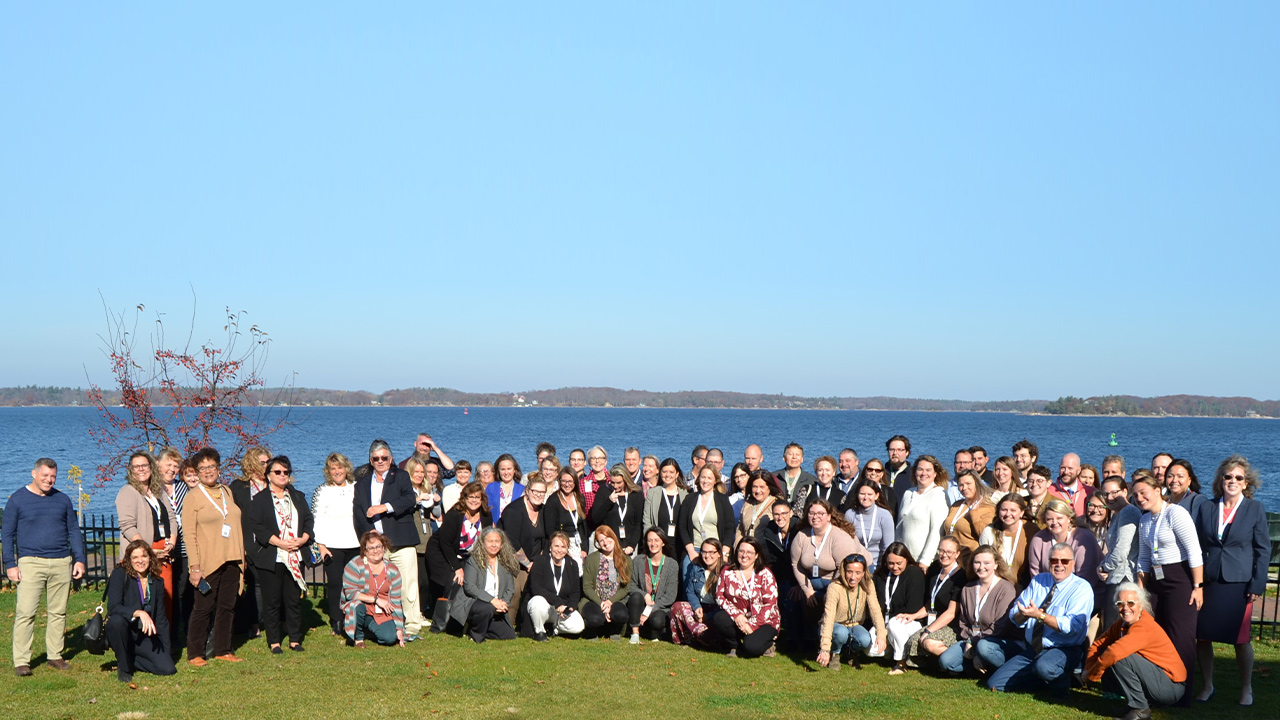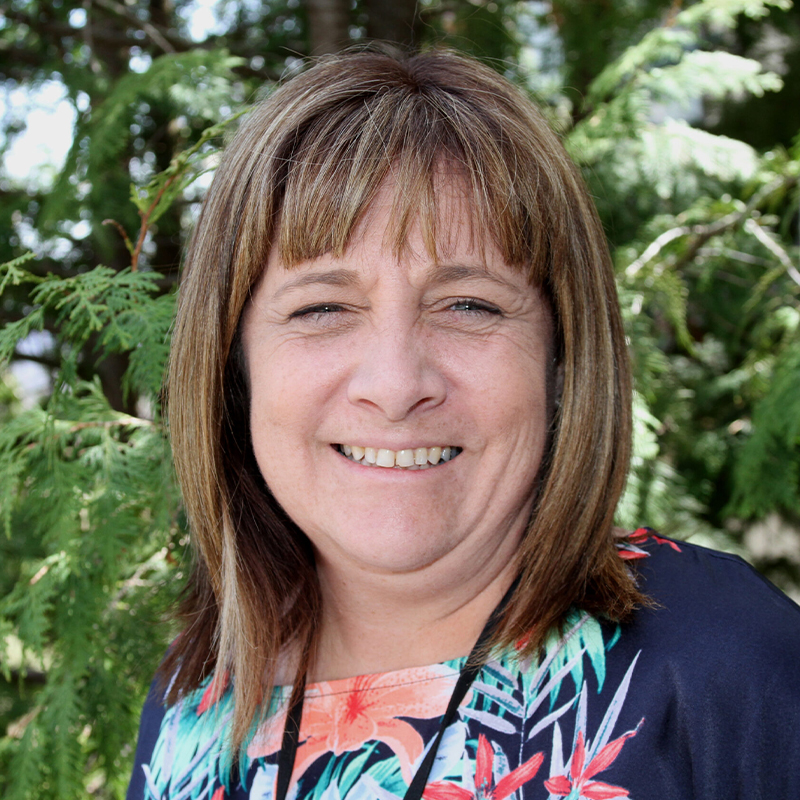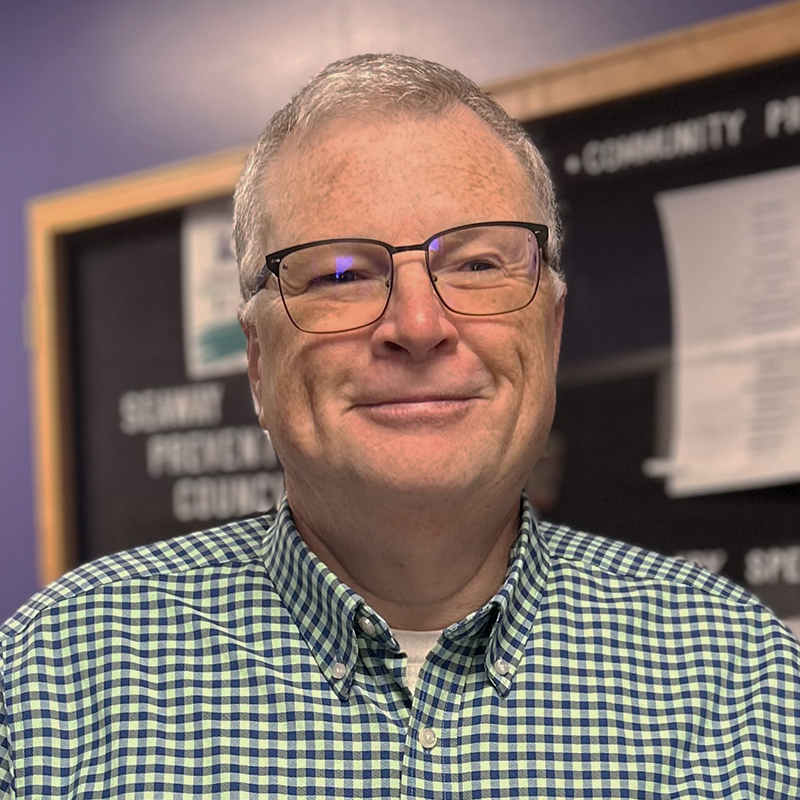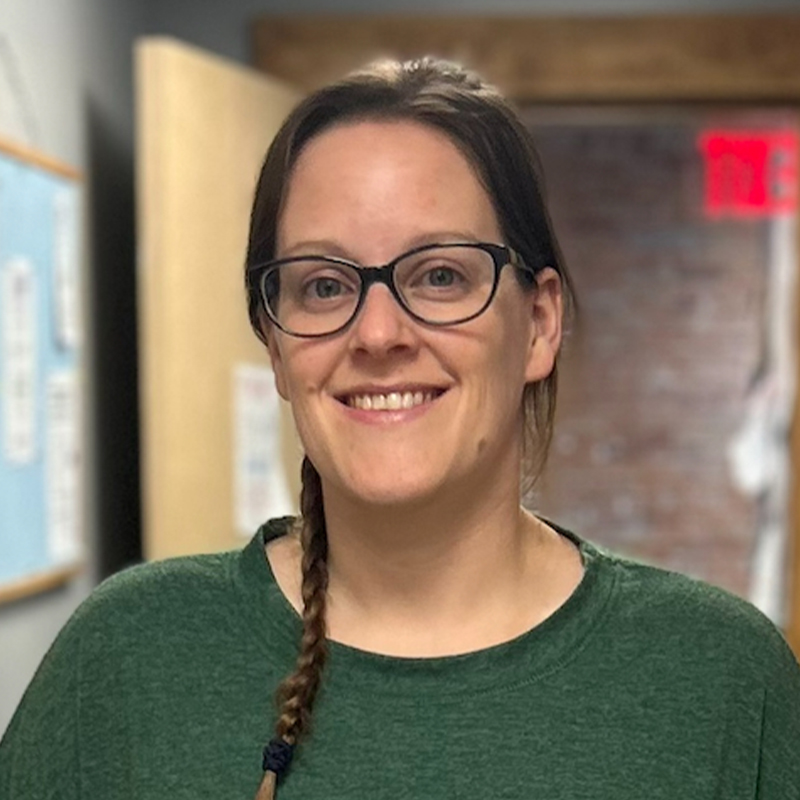Northern Tier Providers Coalition
North Country Addictions Resource Center
The Northern Tier Providers Coalition
An Empowered Network of Behavioral Health Providers
The Northern Tier Providers Coalition serves as a platform for mutual collaboration among Northern New York rural behavioral health programs to offer advocacy, networking, education, resources, and support. The Coalition is composed of behavioral health agencies and providers (prevention, treatment, recovery, and harm reduction) across Essex, Clinton, Franklin, Hamilton, Lewis, Jefferson and St. Lawrence Counties and the Akwesasne Territory.


Bill Bowman
Chair

Tina Buckely
Vice Chair

Larry Calkins
Treasurer

Becca Ames
Secretary
History of the Northern Tier Providers Coalition
Inception and Early Years: Birth of the NTPC
During the mid-1990’s, providers of alcoholism and substance abuse services[1] faced a plethora of challenges in their service delivery effort: the specter of Medicaid managed care and workforce recruitment and retention among others. Providers had little time and few resources to explore solutions to these challenges, and collaboration was a natural step as some of the larger service providers brought a degree of organization to the process via a coalition: The Northern Tier Providers Coalition.
A home for the new coalition was provided in the “community room” at St. Joseph’s inpatient rehabilitation center in Saranac Lake, and well-attended meetings were scheduled once every two months. Service providers offered what guidance they could to one another, but also sought ways to collaborate in order to strengthen the service sector for the residents of the North Country.
While the meetings were usually scheduled for two hours, folks would gather to interact before and after the meeting as well. St. Joseph’s dietary staff served up coffee, juice, fresh fruit and baked goods during the meeting, and the meeting always seemed to provide a day of community, of sharing and of problem solving. Soon, NTPC joined the New York State Association of Alcoholism and Substance Abuse Providers (“ASAP”), an effective statewide policy and advocacy organization based in Albany. Under the leadership of (then and still) Executive Director John Coppola, ASAP was, and remains today, a premier voice among BHC providers in New York. John soon recognized the powerfully collaborative nature of the Coalition and began attending meetings frequently. The two OASAS field offices that cover the North Country also began to regularly send representatives. The NTPC achieved credibility and recognition on a statewide basis.
The Conference
In the late 1990’s, a decision was made for The Coalition to host a conference. The initial conference, held at the High Peaks Resort in Lake Placid, was quite small. Positive feedback provided by attendees led to the decision to host an annual conference which moved to different venues across the North Country until finding a home at the Crowne Plaza in Lake Placid for several years and until the onset of the COVID pandemic. The conference embodied a more robust annual version of the NTPC meetings, providing an opportunity for networking and mutual support, a time for provider staff to get out of the daily workplace and come together for professional training and to interact with their peers.
Challenges to NTPC continuity
With additional energy and continuity provided by the conference, The Coalition continued to thrive during the 2000’s, but was dealt a significant blow with its loss of “a home” when St. Joseph’s underwent massive facilities rehabilitation and the community room was subsequently repurposed. Other venues were utilized over the coming months, with varying degrees of success. There was recognition by NTPC leadership that the current and changing value of The Coalition to its members would need to be explored and enhanced if NTPC were to remain vibrant.
In the COVID era, face-to-face anything became a thing of the past, and there was a scramble to revise the nature of business, communication and relationship. While the pandemic has had, and continues to have devastating personal impacts, there are some “positives” that have emerged from the response to COVID. With remote services and meetings becoming more widely accepted, zoom meetings became standard operating procedure. In that modality, participation in NTPC meetings began to increase. Additionally, there was an important reason for providers to meet: to assist one another through a new and sometimes puzzling service universe.
The Northern Tier Provider Coalition, Today
So, where does that leave us today? We are once again meeting in person, and the renewed and growing vigor of The Coalition has ushered in an era of interest and participation by newer agency representatives. Significantly, the newer representatives are taking a leadership role in developing and instituting a new strategic plan moving forward. It is the success of the 2022 conference and that of the strategic planning work groups that will reinvigorate the Northern Tier Providers Coalition moving forward.
That promise has been realized as the first post-conference NTPC meeting in January 2023 drew 38 attendees in the hybrid (in-person/zoom) format, and a process began to develop the 2023 advocacy agenda.
[1] Alcoholism and substance abuse is actually a misnomer in wide usage at the time and persisting to this day. It grew out of the one-time belief that “alcoholism” and “drug addiction” were two different animals, and also employed the sloppy terminology of the day confusing abusive misuse and abusive use of substances and behaviors with dependence (addiction). The current, more widely accepted term, “Substance Use Disorder” seems to be more accurate, but does not include other addictive behaviors such as gambling. New York State OASAS only recently changed its full title from “Office Of Alcoholism and Substance Abuse Services” the “Office of Addiction Services and Supports,” another misnomer; prevention services, for instance deal more with issues of misuse and abuse of substances more than with addiction. NYS ASAP is struggling with a similar name change in its attempt to leave behind the “alcoholism and substance abuse language.